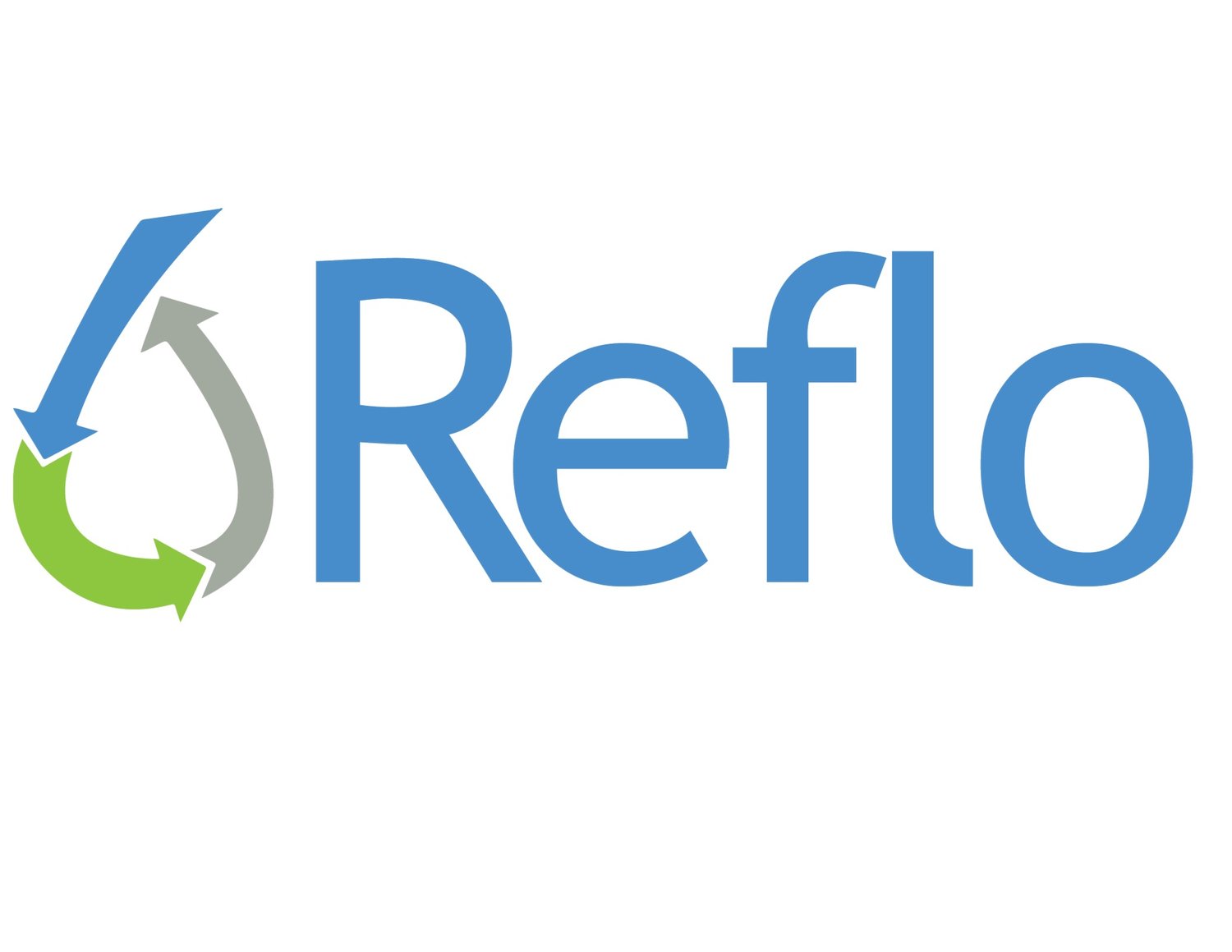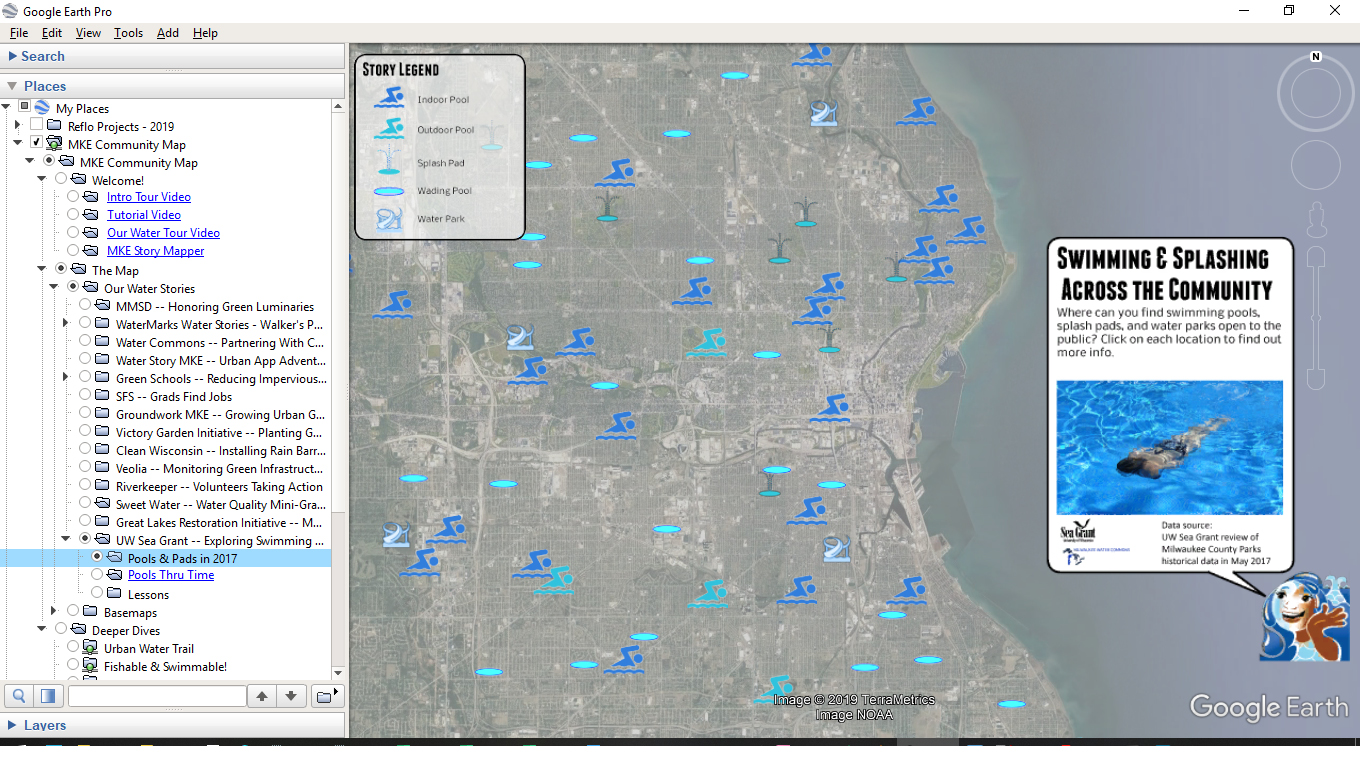Milwaukee Metropolitan Sewerage District’s (MMSD) Green Luminary awards highlight exceptional projects using green infrastructure to collect and harvest rainwater within the MMSD service area, improving water quality in our rivers and lake.
The Green Luminary award is given to businesses, organizations, and communities that not only invest in green infrastructure to clean our water, but also inspire us through education and engagement.
We invite you to explore the newly updated Green Luminaries water story through the Milwaukee Community Map, where over 40 project videos showcase a wide variety of green infrastructure designs across various scales.
The Kaufmann house transformed the exterior of their property with green roofs, porous pavement, bioswales, and rain gardens. The residential project highlights the environmental benefits of managing rainwater where it falls. The Kaufmann house also serves as an inspiration to other community members in converting components on their own home to better serve the environment while beautifying their yard.
Poblocki Paving converted a parking lot into porous pavement, collecting water in underground tanks that in turn is reused to supply water for their business. As a result, the paving company saves money, time, and gas--illustrating the business case for green infrastructure. Poblocki is a proud example of a for-profit company helping the local environment and directly benefiting from their green infrastructure.
The Urban Ecology Center, with three locations throughout the Milwaukee area, incorporates green roofs, rain gardens, and rain barrels at all of its campuses. All the water collected is kept on-site, used to irrigate gardens and flush toilets. Thousands of kids and adults visit the Urban Ecology Center annually, meaning that education about the value of green infrastructure reaches a diverse cross-section of Milwaukeeans.
-Catherine Trowbridge





